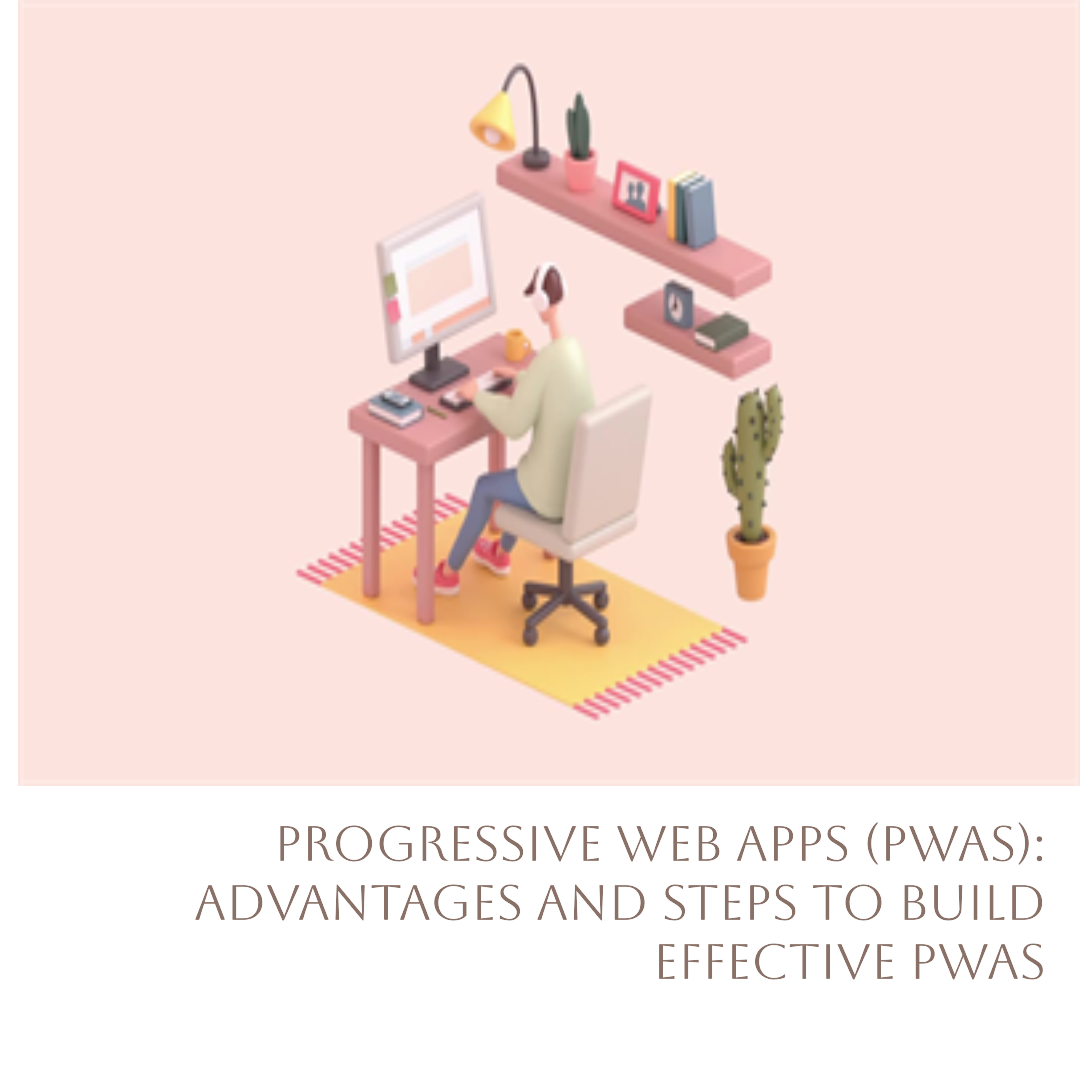

Introduction to PWAs:
Progressive Web Apps (PWAs) are web applications that can be installed on a device, offering a seamless user experience by combining the benefits of both websites and mobile apps. They are designed to be accessible and functional even when offline, making them particularly useful in areas where internet connectivity is limited or unreliable.
PWAs are built using modern web technologies like service workers, web app manifests, and HTTPS, which enable them to function like native apps. They can be cached by the browser, allowing users to access them even when offline, and they can also deliver push notifications and other features typically associated with native apps.
PWA Core Concepts:
To fully understand the core concepts of Progressive Web Apps (PWAs), it is crucial to grasp their foundational components, which define the structure and behavior of PWAs and distinguish them from traditional web applications. The key concepts include:
Service workers are scripts that run in the background, separate from the web page. They act as a proxy between the web application and the network, managing how the app interacts with the internet. Service workers can:
The web app manifest is a JSON file that provides essential metadata about the app. It includes information such as:
This file makes the web app feel more like a native app, allowing users to install it on their home screen.
Effective caching is vital for a robust offline experience. Caching stores important parts of the app so they can be quickly loaded later, even if there is no internet. There are different caching strategies, such as:
The choice of caching strategy depends on the app's functionality and the type of data it handles, affecting how the app stores and retrieves its data.
These core concepts are essential for understanding how PWAs work and how they can provide a seamless, app-like experience to users.
The advantages of PWAs include:
In summary, PWAs are a powerful tool for businesses looking to provide a seamless user experience, improve performance, and increase accessibility. By combining the benefits of both websites and mobile apps, PWAs offer a unique solution that can enhance user engagement and conversion rates while reducing development costs and user abandonment.
Steps to Build Effective PWAs:
1. Start with a Basic Webpage:
Create a simple website using HTML for structure, CSS for style, and JavaScript for functionality.
HTML Code-
Output:
CSS Code-
JavaScript Code-
2. Create a Manifest File:
In the manifest file, write down your app's name, the icons it uses, and the first page it should open. This makes your website act more like an app you can install.
3. Set Up a Service Worker:
In your main JavaScript file, add a service worker. This is a special script that works separately from your website.
The service worker's job is to handle how your app stores and retrieves data, especially for offline use.
Following these steps will help you build a simple PWA that users can install and use, even when they're offline.
Real World Use Cases for PWAs:
These examples illustrate the practical benefits and impact of offline-first strategies in enhancing user experiences and improving business outcomes.
In conclusion, Progressive Web Apps (PWAs) blend the best of web and mobile app experiences, offering benefits like offline access, fast loading times, and enhanced user engagement. Building an effective PWA involves creating a responsive design, securing the site with HTTPS, developing a web app manifest, registering a service worker, and optimizing performance. By utilizing tools like Lighthouse and Workbox, developers can create efficient, engaging PWAs that provide users with a seamless, app-like experience directly from their browsers. PWAs are a cost-effective and future-ready solution in the evolving landscape of web development.